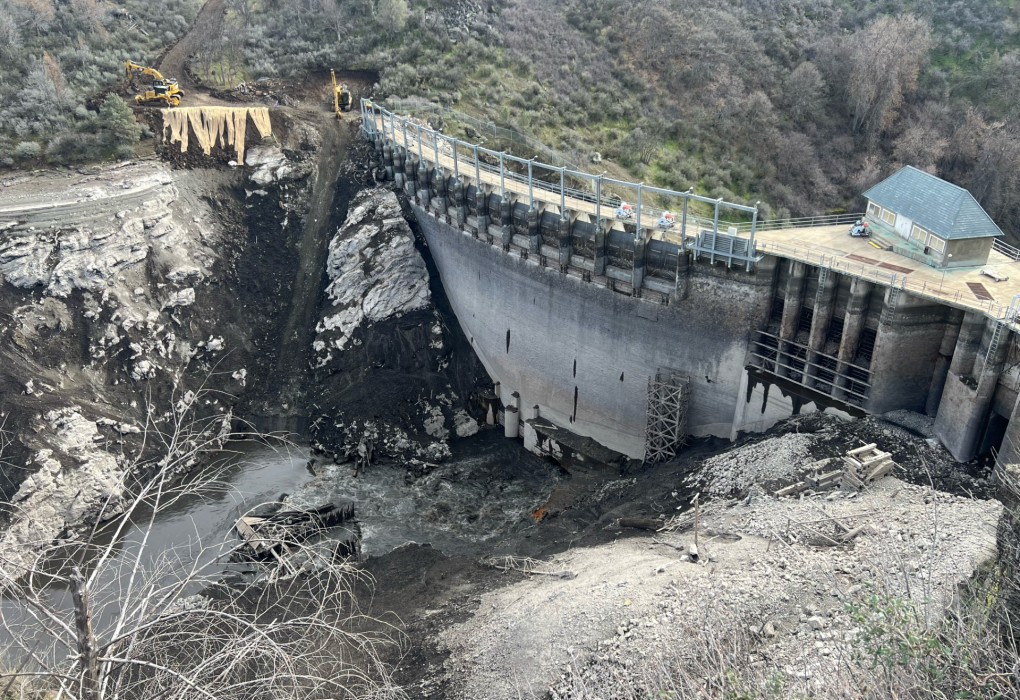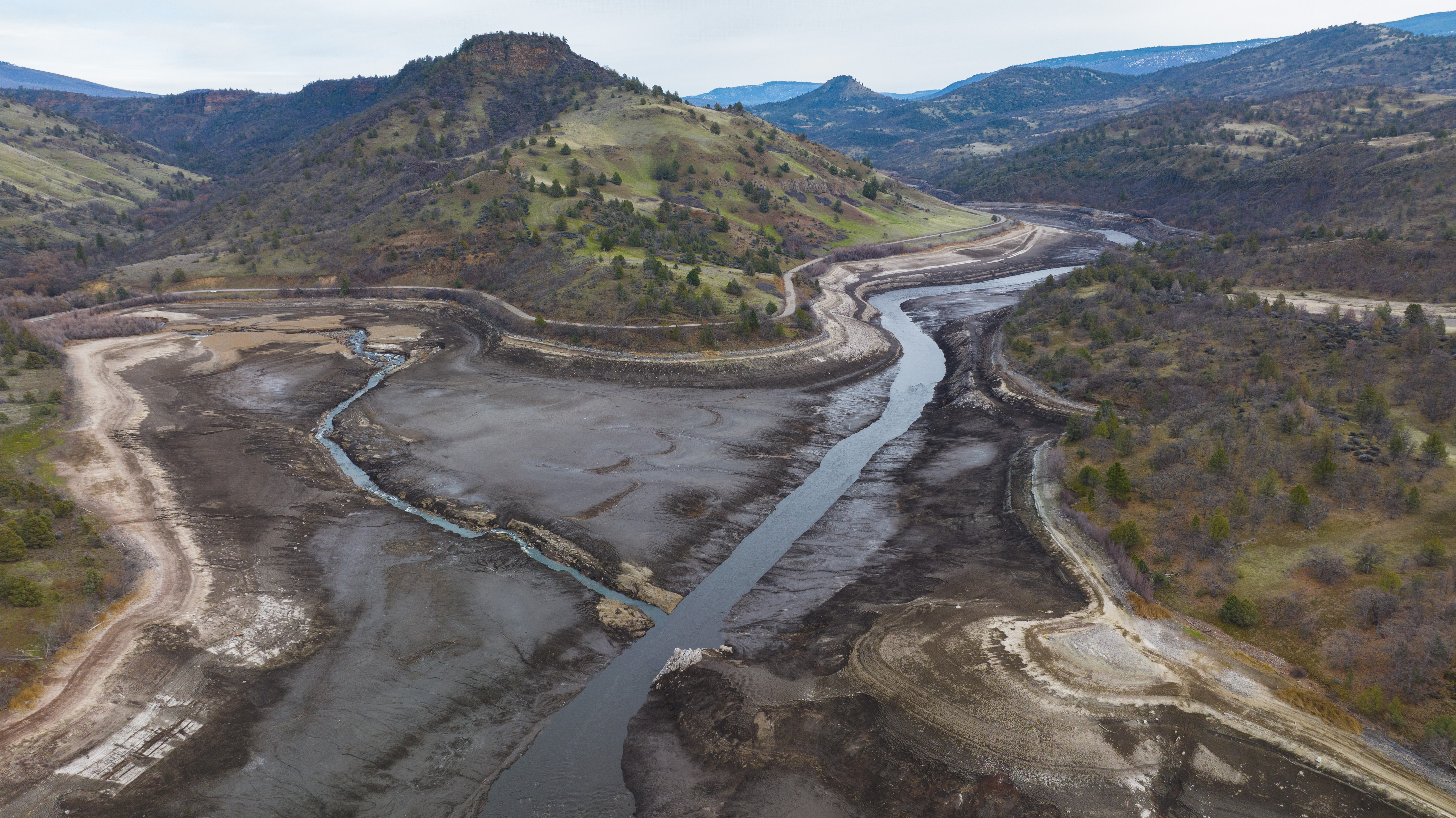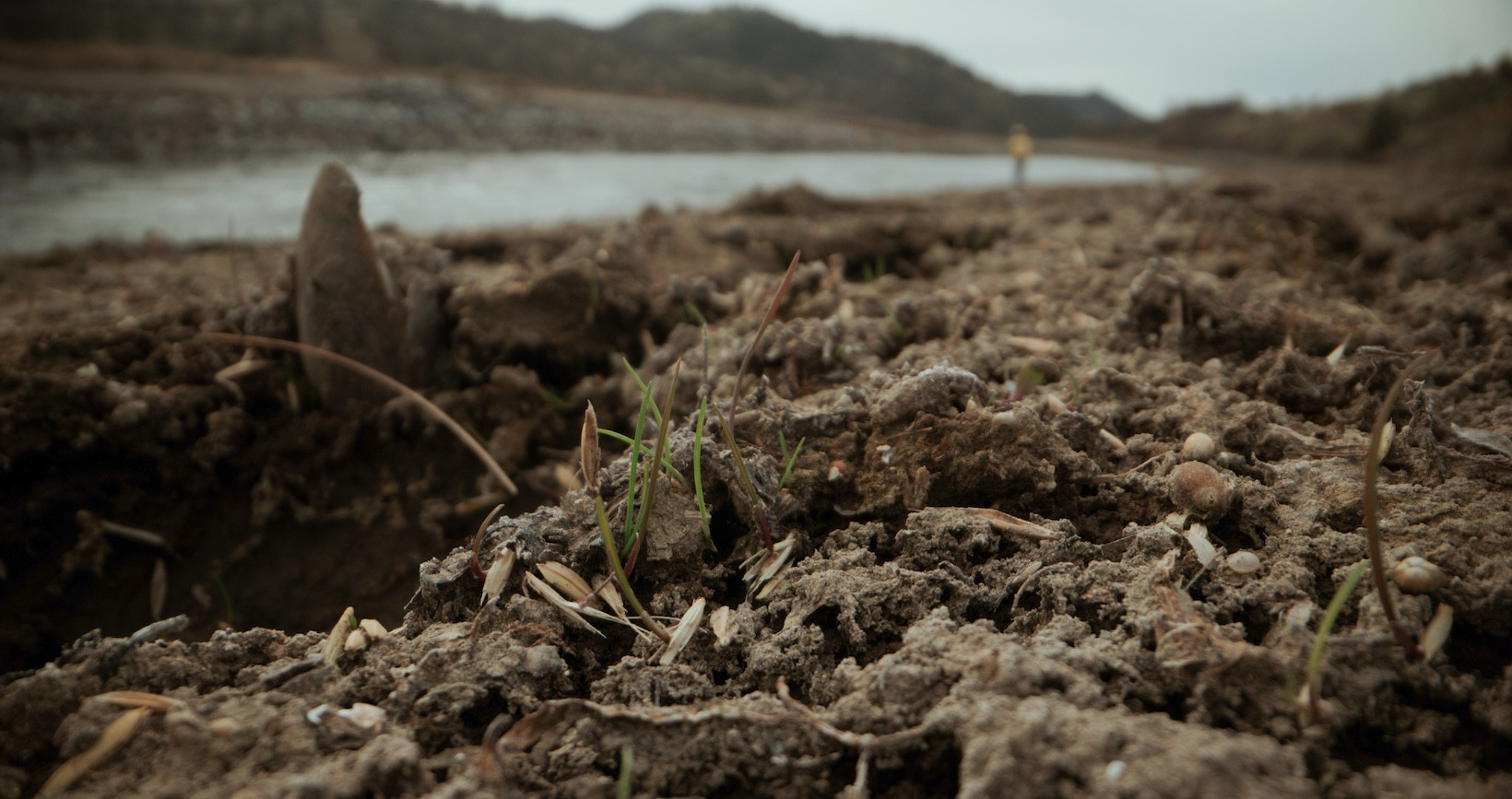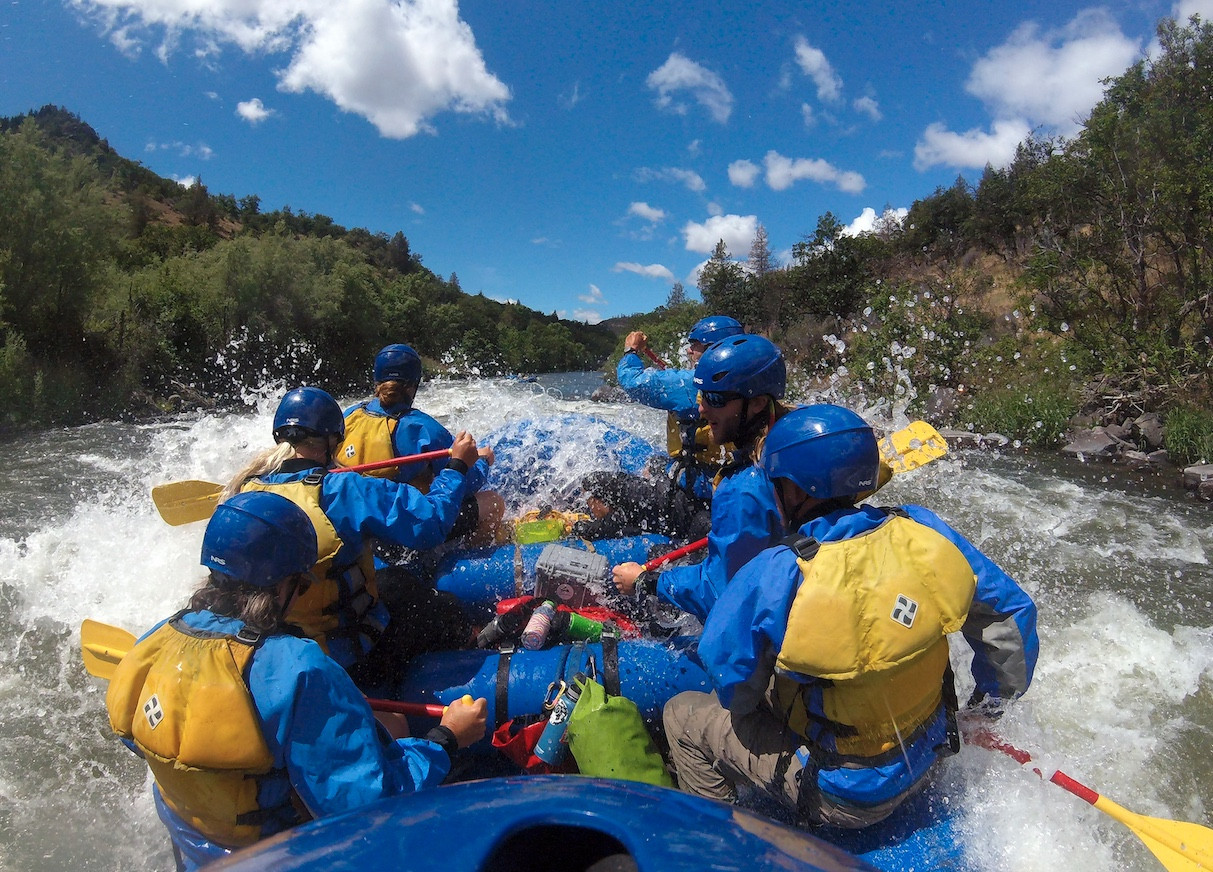A New Chapter for the Klamath Basin
Late last year, Klamath River Renewal Corporation (KRRC) started the monumental project of removing the four lower Klamath River Dams. It started with removing Copco 2, the smallest of the four dams, and slowly progressed to the breaching of Copco 1, Iron Gate, and J.C. Boyle dams in January. Things are well underway, and the lower Klamath River is free-flowing. Crews continue to work on decommissioning the old, outdated hydropower facilities with the goal of removing the dams by the end of October 2024.
Over the past few weeks, misinformation has continued to spread about water quality and issues around the native fish and wildlife that call the Klamath Basin home. However, everything is going as planned with dam removal. Environmental analysis expected that water quality would decrease immediately and short-term challenges for the long-term benefits of river restoration would follow.
Water Quality in the Klamath River
Historically, the four lower Klamath River Dams have created large warming pools heating up the Klamath River, causing numerous issues with water quality downstream. The dams created stagnant water, the perfect place for harmful algae blooms to flourish. These algae blooms will significantly decrease post-dam removal.
During the planning phases of the Klamath Dam Removal, the environmental analysis expected that the river would wash out an abundance of sediment that was impounded for decades. Experts planned for this sediment and proposed dam drawdown during the least impactful time for communities, native fish, and wildlife. That's not to say there wouldn’t be short-term impacts.
In January of 2024, KRRC initiated a drawdown of the three remaining reservoirs. This started the reservoir draining process and decreased water quality downstream. Dissolved oxygen plummeted as turbidity levels increased.
The Klamath River started cutting through banks and sediment finding its way home through the historical riverbed. The close to 100 years of sediment blocked by the dams started to wash away down stream.
High concentrations of sediment, including naturally found metals, remained in the river for a short period of time. No adult salmonids were upstream spawning, and there were fewer endangered/threatened species around. Thousands of yellow perch and other non-native fish perished during the draining of the reservoirs. Again, this timeframe was chosen strategically to have the smallest impact on the heath of the Klamath River Ecosystem.
Since then, the water quality has only improved.
Despite the thousands of hours spent on the environmental analysis and the communications that the dam removal would have a short-term effect on water quality, Siskiyou County, California, decided to declare a state of emergency because heavy metals were present in the Klamath River. Shortly after the declaration, Jefferson Public Radio (JPR) held an interview with Matt St. John, an environmental program manager with the North Coast Regional Water Quality Control Board, who stated, “The regional and state boards are not concerned with the elevated metals concentrations. It was known based on the environmental analysis that there are naturally occurring metals -- it's part of the geology of the Klamath River Basin.” Read the full JPR article here.
This is a sad declaration of an emergency from Siskiyou County, blaming dam removal, which will provide exponential benefits to Siskiyou County, numerous other counties, and the entire Klamath Basin ecosystem.
Hatchery Chinook Kill
Since Klamath River Dam removal discussions heated up in the late 2010’s, Native Fish Society has actively engaged in the future of the Klamath River Hatchery Programs operated by CDFW and ODFW. Historically, millions of Hatchery Chinook and thousands of coho and steelhead were released from Iron Gate Hatchery on the Klamath River. Years ago, the steelhead program was ended based on the lack of survival.
At the beginning of March, the California Department of Fish and Wildlife (CDFW) released around 830,000 chinook fry above the Iron Gate Dam diversion tunnel (a tunnel through Iron Gate Dam where the river runs free for the time being). Numerous juveniles perished after the release. Gas bubble disease, a fatal disease caused by severe pressure changes, killed the fish.
CDFW immediately issued a press release related to the event. In the release, CDFW noted Chinook release goals identified in their management plan would still be met. These release goals are a fraction of the historical goals. The hatchery release goals are to help sustain a commercial fishery during the Klamath River Dam removal process. All hatchery programs on the Klamath River are due to sunset after eight years. Native Fish Society will continue to keep a watchful eye on these programs, ensuring we restore wild fish in the basin rather than continue large scale hatchery releases.
Karuk fisheries biologists working downstream have reported that wild Chinook salmon are healthy and doing well in the lower basin. An exciting sign of hope and resilience of the wild fish that call the Klamath home.
Note: ODFW is actively researching a Spring Chinook reintroduction program in the upper Klamath Basin. At this time there have been no identified goals for the program, and biologists and experts continue to study the feasibility and long term success of a potential program. Similar to the hatchery programs in the lower Klamath Basin, Native Fish Society continues to keep a watchful eye on this program.
The Future of the Klamath Basin
Despite what you may see in the news, the monumental project of removing the four lower Klamath River Dams is going great. KRRC is doing a superb job with the deconstruction of the four dams. They removed Copco 2 this fall, started on Copco 1 ahead of schedule, and continue to move this project forward. Even with the distraction of misinformation, the project continues to hit every milestone, many ahead of schedule.
Resource Environmental Solutions (RES) continues to do a remarkable job with restoration efforts in the historical dam footprint implementing work and planning they started years ago. They are working directly with the Yurok tribe planting billions of native plant seeds and over 28,000 acorns in briefly bare earth behind Iron Gate, Copco, and J.C Boyle in the historical reservoir footprint.
Native Fish Society is thrilled to continue supporting this monumental project that will benefit the Klamath River for centuries to come. We are excited to see a free-flowing Klamath River take shape and bring back life, providing volitional passage to native migratory fish. It’s only a matter of time before those wild fish make it back to the 360 miles of habitat upstream of the historical dam sites.
We encourage everyone to visit the Klamath Basin this summer. Enjoy a raft trip this year, either by yourself or with an outfitter. Camp, climb, and possibly fish (remember to check regulations first, as things have changed since dam removal). It’s now time to celebrate a new chapter for the Klamath River!




